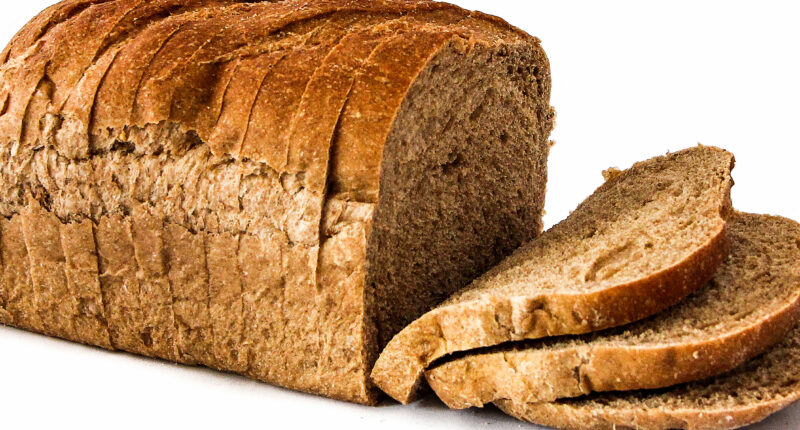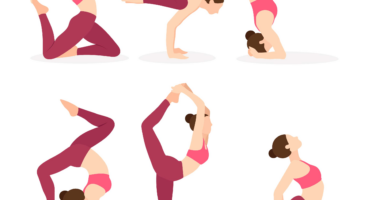Facts About Brown Bread:- Being a bread lover looking to switch up your carb game? Look no further than brown bread! This wholesome and nutritious alternative to white bread is more than just a color change. Brown bread boasts an array of health benefits, different types to suit all tastes, and can even be made from scratch at home. Keep reading for five facts about brown bread that will have you reaching for this tasty option on your next grocery run!

What is Brown Bread?
Brown bread is a type of bread that is made with whole wheat flour instead of the refined white flour used in traditional white bread. This results in a darker color and more robust flavor than its paler counterpart.
Brown bread can also refer to different types of bread depending on where you are in the world. In some countries, brown bread refers specifically to rye or pumpernickel loaves, while others include any loaf made with whole grains.
In addition to its distinctive taste and appearance, brown bread has become increasingly popular due to its nutritional benefits compared to white bread. It contains more fiber, vitamins, and minerals thanks to the use of whole grain flour.
Whether you’re looking for a healthier alternative or simply want to switch up your daily carb intake, brown bread is an excellent option that’s easy to find at most grocery stores.
The Different Types
When it comes to brown bread, there are many different types to choose from. The type you choose will depend on your personal preferences and the ingredients used in each recipe.
One popular type of brown bread is whole wheat bread. This bread is made with flour that is milled from whole wheat grains, giving it a nuttier taste and denser texture compared to white bread.
Another type of brown bread is rye bread. Rye flour is used instead of traditional wheat flour, resulting in a darker color and distinctive flavor. Rye bread also tends to be denser than other types of brown bread.
Multigrain bread incorporates several different grains into the dough, such as oats, flaxseed or quinoa. This creates a rich flavor profile and provides added nutrition benefits such as fiber and protein.
Sourdough brown bread is fermented using natural yeast cultures which give the loaf its characteristic tangy taste while providing some health benefits for digestion.
Gluten-free brown rice or almond flour based loaves are also becoming more popular among those who cannot eat gluten due to dietary restrictions like celiac disease or non-celiac gluten sensitivity.
Choosing the right type can add variety not only in terms of flavor but nutritional value as well!
The Health Benefits of Brown Bread
Brown bread is a healthier alternative to white bread, and it offers several health benefits that make it worth considering. One of the most significant advantages of brown bread is its high fiber content, which helps regulate digestion and keeps you feeling fuller for longer periods.
Furthermore, unlike white bread, which contains refined flour and added sugars, brown bread is made from whole grains such as wheat or rye. This means that it has more nutrients than white bread and can help lower your risk of developing chronic diseases like diabetes.
Another advantage of eating brown bread regularly is that it may improve heart health by reducing cholesterol levels in the blood. Additionally, many studies have shown that consuming whole grains can help prevent certain types of cancer.
Because brown bread typically does not contain any artificial preservatives or additives like commercial white loaves do, it’s an excellent source of clean energy. It provides steady glucose levels throughout the day without leading to a sugar crash or spiking insulin levels.
If you’re looking for a healthy alternative to traditional white loaf options with plenty of nutritional benefits – consider including Brown Bread as part of your daily diet!
The Nutritional Value
Brown bread is a type of whole-grain bread that is made from wheat flour and contains the bran, germ, and endosperm of the grain. It’s an excellent source of fiber which makes it a great addition to any diet.
Fiber plays an important role in maintaining digestive health by promoting regular bowel movements and reducing constipation. Brown bread also contains complex carbohydrates that help keep you feeling full for longer periods, which can aid in weight management.
In addition to its fiber content, brown bread offers several essential vitamins and minerals such as vitamin B1 (thiamin), vitamin B2 (riboflavin), iron, magnesium, selenium, and zinc. These nutrients are vital for optimal bodily function including energy production, immune system support, nerve function regulation and antioxidant activity.
Brown bread is also low in fat compared to other types of baked goods like pastries or cakes. This makes it a healthier option when choosing what to include in your diet or meal plan.
Brown bread provides many nutritional benefits with its high fiber content combined with essential vitamins and minerals while being low in fat making it an ideal choice for those who want a healthy lifestyle without compromising on taste or convenience.

How to Make Brown Bread
In summary, brown bread is a delicious and nutritious alternative to white bread. It comes in various forms, has numerous health benefits, and is packed with essential nutrients that our bodies need.
If you’re ready to try making your own brown bread at home, here’s what you’ll need:
Ingredients:
– 3 cups whole wheat flour
– 1 cup all-purpose flour
– 2 tsp active dry yeast
– 1 tbsp sugar
– 1 tsp salt
– 2 tbsp vegetable oil
– 1¾ cups warm water
Instructions:
1. In a large mixing bowl, combine the flours.
2. Add the yeast, sugar, and salt.
3. Mix well.
4. Add the oil and warm water.
5. Knead for about ten minutes until the dough is smooth and elastic.
6. Cover with a damp cloth and let rise for an hour or until it doubles in size.
7. Preheat oven to 375°F (190°C).
8. Grease a loaf pan generously with butter or cooking spray.
9. Punch down the dough on a floured surface then shape into a log that fits into your greased loaf pan perfectly without any gaps around it.
10.
Cover again with damp cloth letting it sit for another thirty minutes before baking at preheated temperature for forty-five minutes.
Making brown bread from scratch may seem daunting but remember practice makes perfect! Once you master this recipe, feel free to experiment by adding nuts or other healthy ingredients of choice that will make your homemade brown bread even more enjoyable.
There are endless ways to enjoy brown bread as toast at breakfast or use it as sandwich slices during lunchtime while getting all its nutritional value too! Give this easy recipe a try today – we promise you won’t regret it!









